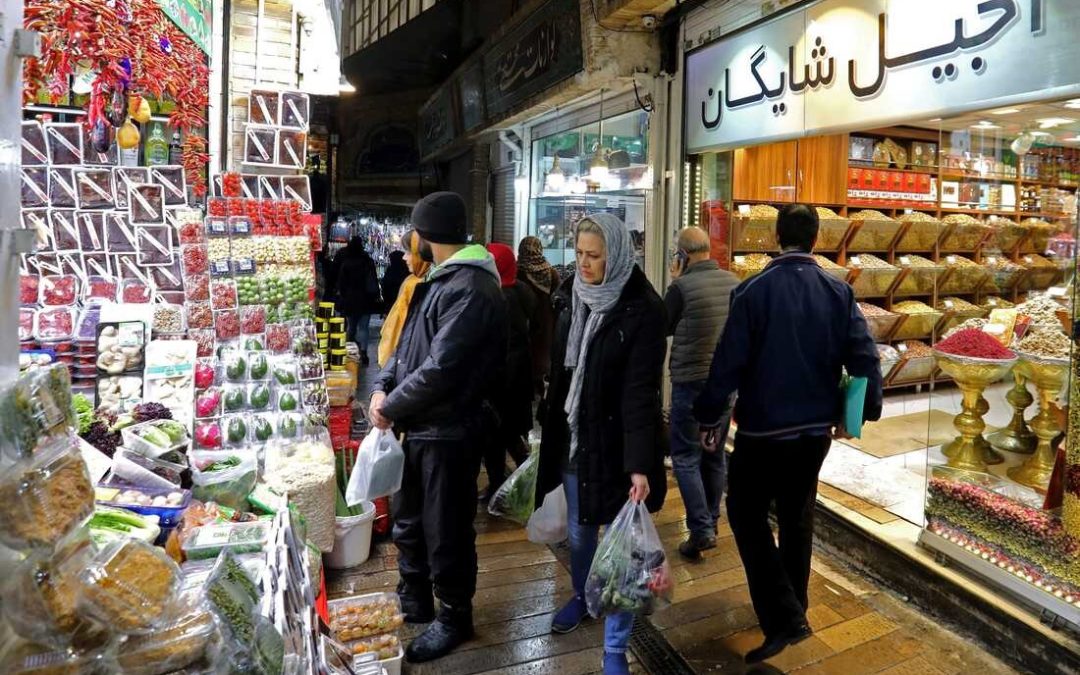
Iran Economy between Crisis and Collapse-2018
Iran Economy between Crisis and Collapse-2018
2018-2019 have been of the worst years for the Iranian people where Iran has witnessed compounded crises such as inflation, brain drain, poverty, unemployment, and inequality.
As a result, I have exploited the World Bank’s World Development Indicators and I have identified several indicators to measure the impact of the economic crisis in Iran between in 2018. For instance, Items that cost 5000 Rial in 2017 cost almost more than 250000 in 2018.
I will also try to discuss two potential measures that could mitigate its severe economic crisis.
The following graphs reflect the severity of the Iranian collapse. These graphs plotted in the dashboard were based on the UN World Indicators dataset.
What happened in Iran was against the SDG 8.1.1 to Sustain per capita economic growth in accordance with national circumstances and, in particular, at least 7 per cent gross domestic product growth per annum in the least developed countries and SDG 8.6 By 2020, substantially reduce the proportion of youth not in employment, education or training
External shocks, including sanctions and commodity price volatility, caused a long ecumenic stagnation. I will shed light on indicators that shows the Iranian economy collapse, starting with the Gross Domestic Product GDP per capita in US dollars used to assess the economic prosperity over time, before and after the crisis.
Also, the large contraction in oil exports placed significant pressure on government finances and drove inflation to over 40 %for four consecutive years. Weaker global demand and competitions discounted oil exports to China are expected to moderate Iran’s oil sector expansion. Domestic demand will also be affected by the negative impact of high inflation on consumption and investments
Sustained high inflation led to a substantial reduction in households’ purchasing power. The economic crisis has hit Iran’s youth particularly hard, especially those from lower economic backgrounds because the country’s rigid formal labor market preserves jobs for older workers. At the same time, job creation was insufficient to absorb the large pool of young and educated entrants to the labor market.
While relatively diversified for an oil exporting country, economic activity and government revenues still rely on oil revenues and have, therefore, been volatile.
I would recommend investing in the internal consumer market growth:
After the sanction, Iran was obliged to increase its imports due to the hardness of getting raw material for production and consumption especially for merchandizing and consumer goods. Thus, we recommend that Iran invest in its internal development of consumer good market.
To support this solution,
- It has great supply of Petroleum, natural gas, and coal and oil for facilitating the trade and production
- rapid changes to meet the increasing domestic demand for authentic, high-quality imported goods, including electronics, telecom products and parts, clothing..
- Already high-end brands and middle-income brands are coming to invest
- Iran is a substantial market of 80 million consumers with a growing and well-educated middle class
- Because of the country’s unique geographical and strategic location, Iran is also the entry-point to other upcoming regional markets in the Middle East and Central Asia with equally high demands for foreign investments and trade.
- The consumer goods market in Iran has also long thrived off the internal distribution networks
- Tehran is a key transport hub, with several terminals set up around the capital connecting it to most major cities.
- A good time for international companies to manufacture consumer goods in Iran for export across the region, which is helped by the fact that full foreign company ownership is permitted in Iranian law.
- MGI’s 2016 Iran report predicted that the fast-moving consumer goods sector alone would create an additional 850,000 jobs by 2035